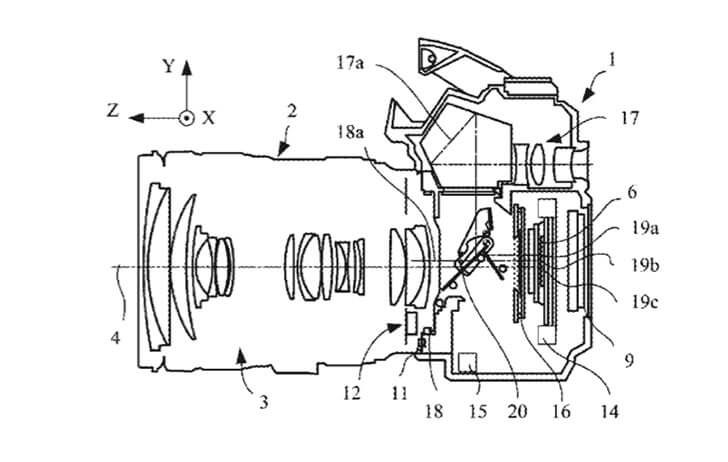A new Canon patent for in-body image stabilization has appeared, and it looks like it is being worked on for DSLRs as well. This is the first time we've seen evidence of IBIS appearing in a mirror slapper.
Northlight says this patent deals with compositional issues and vignetting that could arise when the sensor moves for stability.
Could we see this in an upcoming DSLR? I think that would be a good thing for the EOS lineup, perhaps we'll see it in the upcoming EOS 90D or EOS-1D X Mark III.
Some of our articles may include affiliate links. If you purchase through these links, we may earn an affiliate commission at no extra cost to you.


I believe they just tend use an x0D as a "default body" in technical drawings.
Not sure what you all been smokin', but my Pentax K20D from 2008 (a DSLR or "Mirror Slapper" as you'd call it) had In-Body Sensor based Image Stabilization. So did the K7 that followed and the K5, and the K3 and even the Full Frame K1 and K1mII and I'm sure there were countless other models before and in-between those. So far from the first ever, perhaps the first in a Canon model.
Of course they will, that's how Canon matures technology before moving it into the 5D and 1D.
It'll go into the mid-tier first and if IBIS v1 is found to fail after 100,000 shots in a 90D then so what, it's only an xxD with a two-year warranty and most users never hit that threshold.
By IBIS v3 they'll be ready to integrate it into the R1 with a shutter-life of 500,000 shots.
What I'm curious about is which APS-C line they are going to put it in first. A DSLR like the illustration in the patent or in an M series?